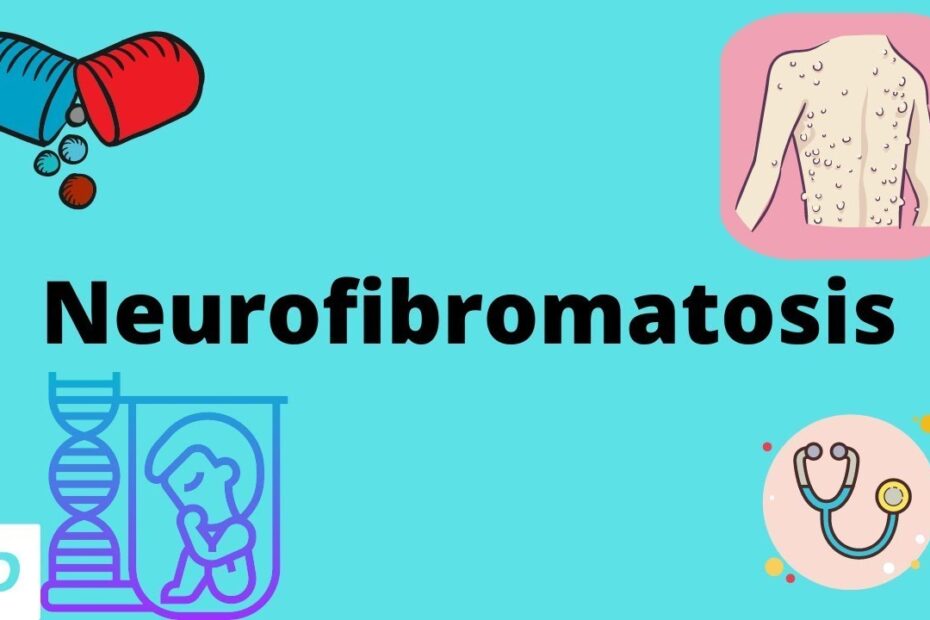What is Von Recklinghausen’s Disease? The Harsh Reality of Neurofibromatosis Type 1
Let’s start by clarifying: Von Recklinghausen’s Disease isn’t a fancy German pastry or a niche indie band. It’s the original name for Neurofibromatosis Type 1 (NF1), a genetic condition that’s like your DNA playing a game of Jenga—except every block it pulls out causes tumors to grow on nerves. Fun, right? Named after a 19th-century pathologist (who probably never had to explain it at a dinner party), NF1 is a masterclass in how chaos theory can apply to human biology.
The Name Game: Tumors, Spots, and Genetic Roulette
NF1 doesn’t believe in subtlety. Its calling cards include:
- Neurofibromas: Benign tumors that pop up like uninvited houseguests on nerves. Think of them as your body’s way of throwing a surprise party—except the surprise is on you, and the confetti is made of nerve tissue.
- Café-au-lait spots: These aren’t trendy coffee orders. They’re flat, pigmented patches that look like your skin got bored and decided to try abstract art. The more you have, the higher the odds you’re in the NF1 club (membership: involuntary).
When Your Body’s Blueprint Goes Rogue
Here’s the kicker: NF1 isn’t just a “skin thing.” It’s a full-body prankster. The same gene mutation responsible for those tumors can also mess with bone development, learning abilities, and even your eyes. Ever heard of Lisch nodules? They’re iris hamartomas (read: tiny bumps) that sound like a rare orchid but are really just your eyeballs joining the mutiny. Oh, and let’s not forget the risk of tumors becoming malignant—because why settle for one type of chaos?
Living with NF1 is like being in a lifelong game of “What’s Next?” Will today bring a new fibroma? A surprise scoliosis diagnosis? A caffeine-free café-au-lait spot? The uncertainty is part of the “charm”—if your definition of charm includes genetic espresso shots and nerves that moonlight as tumor factories. The takeaway? NF1 doesn’t care about your plans. But hey, neither does reality—it’s just a bit more… *creative* here.
Why Von Recklinghausen’s Disease Demands More Attention: Systemic Failures in Diagnosis and Care
When “Rare” Means “We Forgot to Read the Manual”
If Von Recklinghausen’s Disease (VRD) were a character in a medical drama, it’d be the one that gets misdiagnosed as “stress-induced freckles” in Act 1—only to return as a vengeful tumor-riddled ghost in Act 3. Yet here we are, in reality, where 1 in 3,000 people have VRD, but doctors still occasionally mistake its signature café-au-lait spots for a “really committed tanning bed habit.” The problem? VRD is the quirky niche indie film of diseases—overlooked by mainstream medical curricula, leading to diagnostic delays that could double as a slow-burn existential comedy.
The Healthcare System’s VRD Playbook: ¯_(ツ)_/¯
Imagine a disorder that requires neurologists, dermatologists, oncologists, *and* orthopedic surgeons to collaborate. Now picture those specialists communicating like cats in a group chat. That’s VRD care! The system’s approach boils down to:
- Step 1: Notice tumors. Nod solemnly.
- Step 2: Debate whether it’s “urgent” or “just vibes.”
- Step 3: Redirect patient to another specialist. Repeat.
Meanwhile, patients become accidental experts in medical limbo, armed with binders of MRI scans and a caffeine addiction from waiting rooms.
Awareness Campaigns: More Elusive Than a Neurofibroma in a Haystack
VRD’s lack of celebrity endorsements or viral TikTok trends means it’s stuck in public awareness purgatory. Even *House MD* only gave it a cameo! Without funding or advocacy, research crawls slower than a sloth on melatonin. The result? Treatments feel like using a 1920s hair dryer to defuse a bomb—well-intentioned but hilariously outdated.
The fix isn’t rocket science (though rocket scientists might help). We need:
- Medical education that acknowledges VRD exists outside of textbooks.
- Insurance policies that don’t treat “multidisciplinary care” like a luxury add-on.
- Research funding that’s not just loose change from the couch of science.
Until then, VRD remains the Rodney Dangerfield of disorders—it gets no respect, no attention, and definitely no adequate billing codes.
